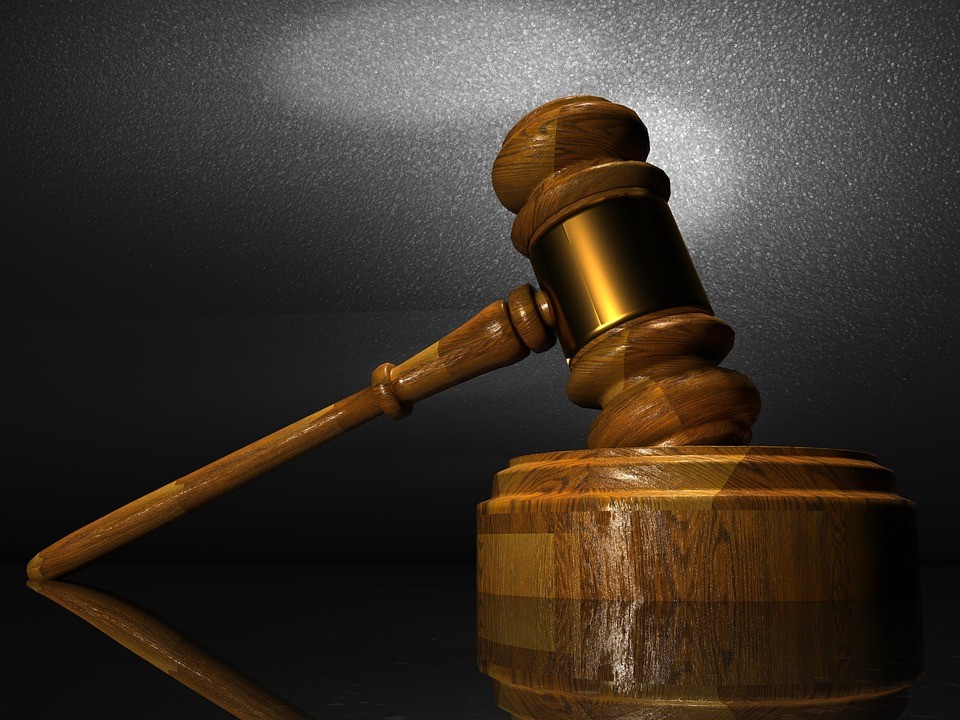What Goes Into Proving a Personal Injury Case
Well, you have been involved in an accident at work or on the road, and you’ve sustained injuries and other loses. Your friends and loved ones have urged you to seek compensation for your injuries and losses. The truth is that pursuing settlement is undoubtedly a good idea, but proving your case is a monster in every right. There are just many things that go into proving that the defendant was at fault.
Generally, the issue depends on whether the accused was careless or “negligent.” Read on to learn more.

https://pixabay.com/en/law-justice-court-judge-legal-1063249/
1. Determining Legal Liability
When an accident occurs, and there are two or more people involved, one or more people can be accused of carelessness. So, the legal liability in a case is determined by reviewing the person or party that was careless.
But there’s still more. If the victim was at a place or location where they’re not supposed to be, then the defendant may not be liable for the accident. In this case, the accused party is not responsible for ensuring the safety of the injured person. The plaintiff can also be accused of carelessness, and this is known as comparative negligence.
2. When More than One Party is At Fault
In some cases, two or more parties can be accused of being negligent or careless. For example, if you were involved in an accident that was caused by two or more careless drivers, then one of them is required by the law to compensate you fully. They’ll then discuss among themselves on how to reimburse the driver who compensated you.
This is usually the case if one of the drivers is insured and the other isn’t. So, you can take up your claim with the insured driver for full compensation. Even if two or more are insured, you’ll have to get compensated by one insurance company. However, you must notify every concerned party about your decision to claim compensation.
3. Understand Comparative Negligence
As noted before, your carelessness also affects the course and outcome of the claim. This is what the law refers to as comparative negligence. In most states, the law requires the plaintiff to receive some form of compensation even if they take part of the blame. You’ll need to work with Rochester personal injury lawyers to understand the full extent of your carelessness as far as the case is concerned.
In such situations, the court will compare the defendant’s and plaintiff’s mistakes to determine the party with the highest stake. The percentage of the liability is used to determine the number of damages or losses the defendant must pay. When this happens, you and your insurance adjuster will discuss all the factors that contributed to the accident.
4. Substantial Evidence
The amount and type of evidence vary from one care to another. The bottom line is that the plaintiff requires verifiable, valid, and relevant evidence to back up their claim. Typically, the evidence you gather must show that:
- the accused had some kind of duty or responsibility to the plaintiff
- the duty was breached
- the breach caused the accident, which led to damages and injuries
- the accident caused the injuries
Your evidence should include quality pictures of the scene of the accident, police reports, eyewitness statements, proof of missed work, proof of loss of income, medical reports, and a record of how the injuries affected your daily life. When collecting evidence, ensure that all the details are relevant to the case and accurate.
The Takeaway
When you’re involved in any kind of accident, you’re eligible to pursue settlement provided that the accident was as a result of another person’s fault. Some cases can be quite complicated and lengthy, and you’ll certainly need a reliable personal injury lawyer by your side. Keep in mind that the law is somewhat cumbersome and insurance companies can try to be crafty.




